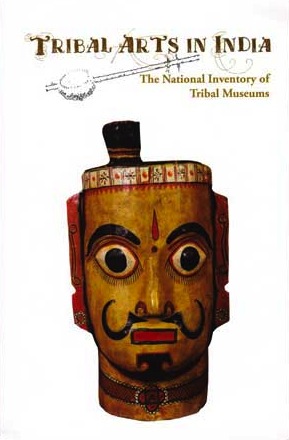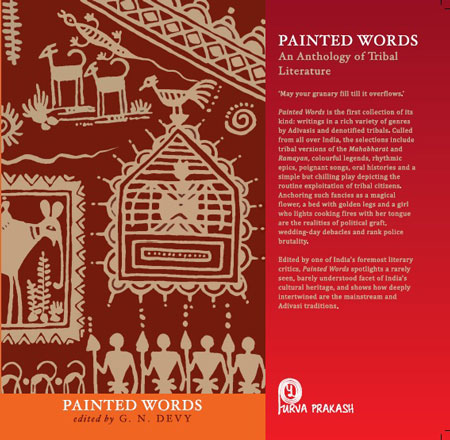Puri, May 25: The annual folk fair celebrating the tribal culture of the country and the rural heritage of different states has started off in Puri today. Members of different communities from all over India are taking part in it. […]
During the five-day festival, which entered its 13th year, dance forms from various tribal and folk communities will be presented.
Punjab’s bhangra and Gujarati dandiya are very popular at the fair. This year, two dancers from the two states have taken part. Artistes from Northeast will also showcase their talent.
Tribal communities such as Saura, Kondh and Santal will display their festive celebrations that are marked by a community gathering, dancing and singing.
“Odisha is known for its tribal communities and their culture. It feels great to watch their performance,” said Parmeet, a Punjabi dancer. […]
“Through the folk fair, which is a dance and song festival for tribal groups and folk communities, we wish to establish the unity in the diverse culture of India. The exhibition provides opportunities to people, who take interest in agriculture for their living, to buy various things,” said Rajesh Kumar Mohanty, general secretary of the host organisation Shree Shrikshetra Soochana.
Source: “Toast to diverse tribal culture” by Namita Panda, The Telegraph, 26 May 2015
Address: http://www.telegraphindia.com/1150526/jsp/odisha/story_22034.jsp#.VjtpeqIkJ2w
Date Visited: Thu Nov 05 2015 15:37:30 GMT+0100 (CET)

Read or download titles for free (eBooks & Magazine) >>
A detailed 350-page report, prepared after a survey of the 12 communities in Punjab, has confirmed that eight tribes – seven ex-criminal (de-notified) and Gurjars – fulfill the parameters of “tribe” laid down by the Union government and social anthropologists. A first comprehensive study of its kind in the state, it says the conditions they live in are dismal, as compared to the major Scheduled Caste communities – Adharmis and Balmikis. To make matters worse, they have been denied the benefits of reservation.
For record, the study refers to the annual report (2003-04) of the Union ministry of tribal affairs, which says that Punjab has no tribal population. The ethnographic study of the de-notified and nomadic tribes of Punjab was entrusted to the department of sociology and social anthropology of the Punjabi University, following several representations to the Centre from these communities that they be recognized as STs. Interestingly, some of these communities are recognized at STs in other states, in Punjab they were clubbed in the SC category.
“Out of the 12 communities studied by the six-member group, seven – Sansi, Bauaria, Bazigar, Barad, Bangala, Gadhile and Nat– were de-notified,” said Birinder Pal Singh, professor of sociology and social anthropology of Punjabi University and chief coordinator of the project.[…]
Source: “8 tribes in Punjab match Scheduled Tribe category: Report” by IP Singh, Times of India, 2 September 2009
Address: http://timesofindia.indiatimes.com/city/chandigarh/8-tribes-in-Punjab-match-Scheduled-Tribe-category-Report/articleshow/4961528.cms
Date Visited: 10 November 2020
Tips
For more information, type “Punjab [Panjab] tribe“, “Criminal Tribes Act India” or the names of any of the above mentioned communities (e.g. “Saura”, “Kondh”) in the search windows seen below:
Tips for using interactive maps
Toggle to normal view (from reader view) should the interactive map not be displayed by your tablet, smartphone or pc browser
For details and hyperlinks click on the rectangular button (left on the map’s header)
Scroll and click on one of the markers for information of special interest
Explore India’s tribal cultural heritage with the help of another interactive map >>
See also
Adverse inclusion | Casteism | Rural poverty
Childhood | Tribal Children’s Right to Education in India
Demographic Status of Scheduled Tribe Population of India (Census figures 2011)
Fact checking | Figures, census and other statistics
Human Rights Commission (posts) | www.nhrc.nic.in (Government of India)
Search tips | Names of tribal communities, regions and states of India
“What is the Forest Rights Act about?” – Campaign for Survival and Dignity
“Who are Scheduled Tribes?” – Government of India (National Commission for Scheduled Tribes, NCST)

Tribal Literature by G.N. Devy >>
Free eBooks & Magazine: Adivasi literature and languages >>
“India, a union of states, is a Sovereign, Secular, Democratic Republic with a Parliamentary system of Government. The President is the constitutional head of Executive of the Union. In the states, the Governor, as the representative of the President, is the head of Executive. The system of government in states closely resembles that of the Union. There are 28 states and 8 Union territories in the country. Union Territories are administered by the President through an Administrator appointed by him/her. From the largest to the smallest, each State/UT of India has a unique demography, history and culture, dress, festivals, language etc. This section introduces you to the various States/UTs in the Country and urges you to explore their magnificent uniqueness…” – KnowIndia (Government), States and Union Territories (Visited: 2 September 2023)
Learn more about India’s 28 States and 8 Union Territories – From Andhra Pradesh to West Bengal | Nutrition >>